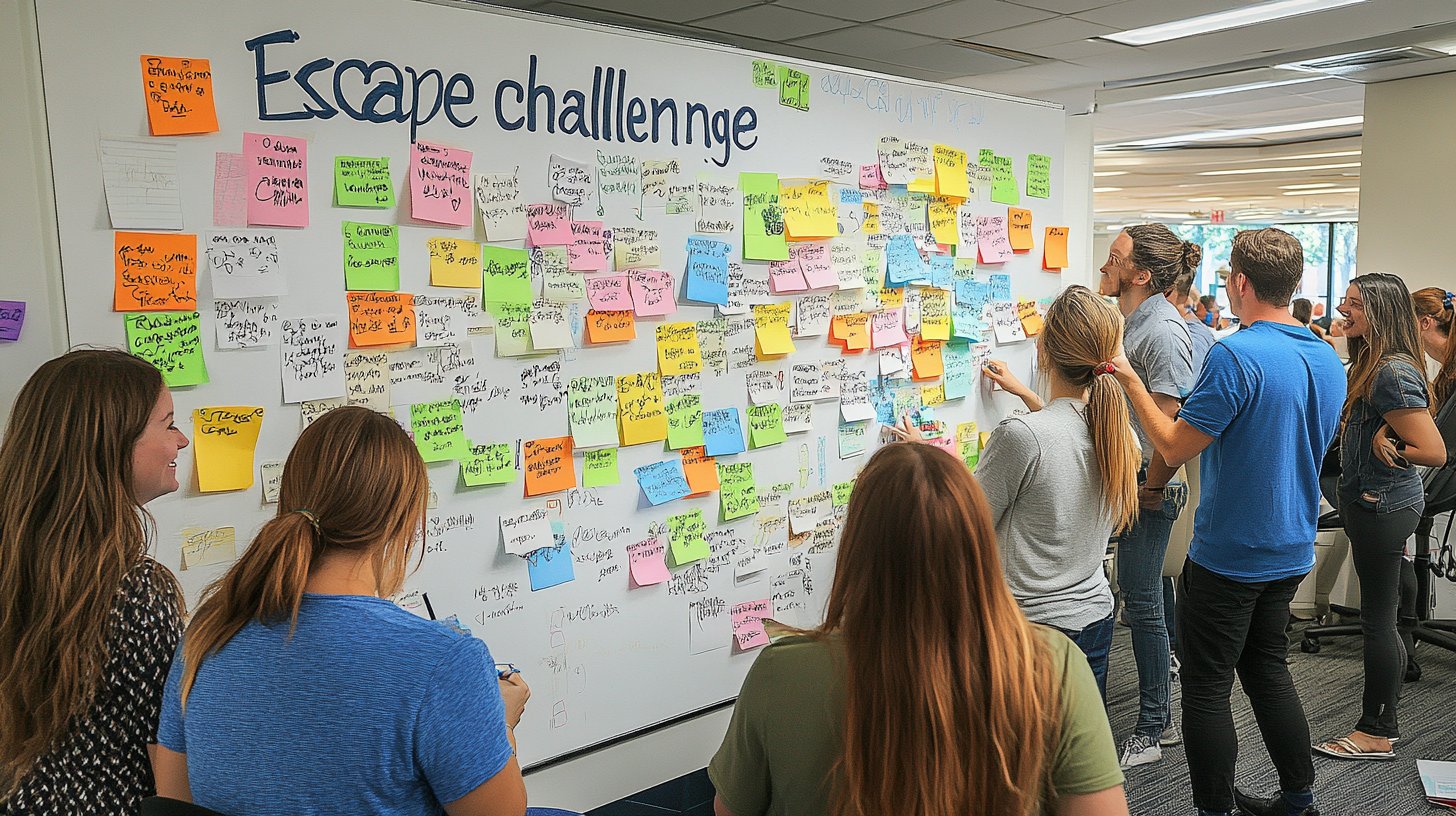Building a cohesive team may seem complex, but it starts with simple, solid foundations. Are you looking to strengthen bonds within your team, eliminate tensions, and foster harmonious collaboration? You’ve likely noticed moments when misunderstandings or a lack of engagement hinder your projects. These obstacles, while common, can be overcome with the right actions and a structured framework.
Your expectations are clear: concrete, applicable, and results-oriented solutions. You want to understand how to unite different personalities around common goals while cultivating an environment conducive to communication and collective performance. Whether you are a manager, leader, or team member, these strategies will help you turn current challenges into lasting cohesion opportunities.
Establishing a Vision and Common Goals
To unite a team, starting with a solid foundation is essential. A clear vision and common goals enable each member to understand the direction they should take. This strengthens the sense of belonging and motivates everyone to give their best.
When objectives are clearly defined and shared by all, mobilizing resources and harmonizing efforts becomes easier. A manager must ensure these elements are communicated transparently and inclusively.
Organizing Regular Meetings
Meetings should not be seen as a waste of time. On the contrary, they offer a valuable opportunity to discuss project progress, adjust strategies, and strengthen team cohesion. During these privileged moments, each participant can share ideas and concerns.
Making these meetings a ritual cultivates an atmosphere of trust and cooperation. They should be well-structured and timed to remain productive.
Focusing on Communication
A smooth communication is the foundation of strong team cohesion. Communication channels must be open and accessible to all. Encouraging regular exchanges helps dissipate potential misunderstandings and tensions.
A good manager knows how to listen as much as they speak. Active listening and constructive feedback are essential tools for improving performance and collective well-being.
Promoting Collaborative Management
Collaborative management relies on the active participation of team members in decision-making processes. Every viewpoint is valued and taken into account, creating connection and fostering engagement.
This approach shifts from a traditional hierarchical model to a more horizontal one, emphasizing autonomy and accountability. It revitalizes team spirit and encourages innovation.
Structuring Responsibilities and Roles
Clearly defining roles and responsibilities avoids confusion and improves collective efficiency. Each member knows exactly what is expected of them, allowing for better coordination of actions.
However, this does not mean absolute rigidity. Flexibility should be maintained so that individuals can contribute beyond their title or official role according to their relational skills and personal aspirations.
Adopting a Flexible and Adaptive Approach
Flexibility in management allows a team to adapt to changes imposed by the work environment. An agile manager knows how to readjust priorities and methods based on circumstances.
The focus lies on the ability to encourage initiative and experimentation. Mistakes then become learning opportunities rather than obstacles.
Implementing Team-Building Activities
Team-building activities play a crucial role in strengthening bonds between colleagues. They provide an informal space where everyone can relax and showcase aspects of themselves sometimes overlooked in daily work.
Sporting events, creative workshops, or even virtual evenings can serve as the perfect setting for reinforcing team cohesion. These shared moments enhance relationships and create positive collective memories.
- Creative workshops: Stimulate innovation and out-of-the-box thinking.
- Role-playing games: Help understand different perspectives and build tolerance.
- Sporting outings: Encourage team spirit and solidarity through shared physical activity.
Encouraging Constructive Feedback
Regular and constructive feedback helps individuals improve while strengthening interpersonal relationships. For feedback to be beneficial, it must be delivered respectfully and positively.
Every team member should feel that their opinion is valued and their contributions recognized. This process becomes a true driver of collective and individual growth.
Creating a Positive Work Environment
A warm and welcoming work environment significantly contributes to employee satisfaction and well-being. A pleasant space directly influences the team’s motivation and effectiveness.
Various aspects, such as office layout, air quality, access to natural light, and even dining options, can make a huge difference. Paying attention to these details helps maintain a high level of professional comfort.
Developing Relational Skills
Relational skills such as empathy, conflict management, and intercultural communication are major assets for any cohesive team.
Investing in specific training or inviting experts for workshops can prove extremely beneficial. This allows each member to enrich their personal toolkit while contributing to group improvement.
Promoting Work-Life Balance
Maintaining a good balance between personal and professional life is essential to avoid stress and burnout. Companies that consider their employees’ personal needs often benefit greatly in terms of performance and retention.
Flexible hours, remote work, and family support initiatives can play a decisive role in creating a healthy and balanced work environment.
Appreciating Collective Successes
Recognizing and celebrating collective achievements boosts morale and motivation. Through verbal encouragement, symbolic rewards, or convivial ceremonies, these gestures cultivate a sense of pride and belonging.
Sincere appreciation for efforts and successes encourages everyone to strive harder, fueling a virtuous cycle of shared accomplishments and satisfaction.
Using Progress Tracking Boards
Tracking boards provide valuable clarity on project progress and help quickly identify areas for improvement. They offer an overview of tasks and facilitate the coordination of efforts.
For example, a simple but effective board format might look like this:
| Task | Responsible | Deadline | Status |
|---|---|---|---|
| Project planning | Marie | 15/10/2023 | In progress |
| Needs analysis | Jean | 20/10/2023 | Complete |
| Development | Sophie | 30/11/2023 | Not started |
This tool keeps everyone aligned and helps quickly address roadblocks and questions during upcoming meetings.
Supporting Continuous Learning
Encouraging continuous learning within the team fosters a spirit of perpetual improvement. Regular training sessions, diverse educational resources, and personal development opportunities nurture this dynamic.
An attentive manager consistently provides development opportunities tailored to the team’s evolving needs. Investing in human development builds a competent and versatile team.
Building team cohesion clearly requires multiple efforts and a well-thought-out strategy. From defining clear objectives to organizing team-building activities and highlighting relational skills, every action matters.







